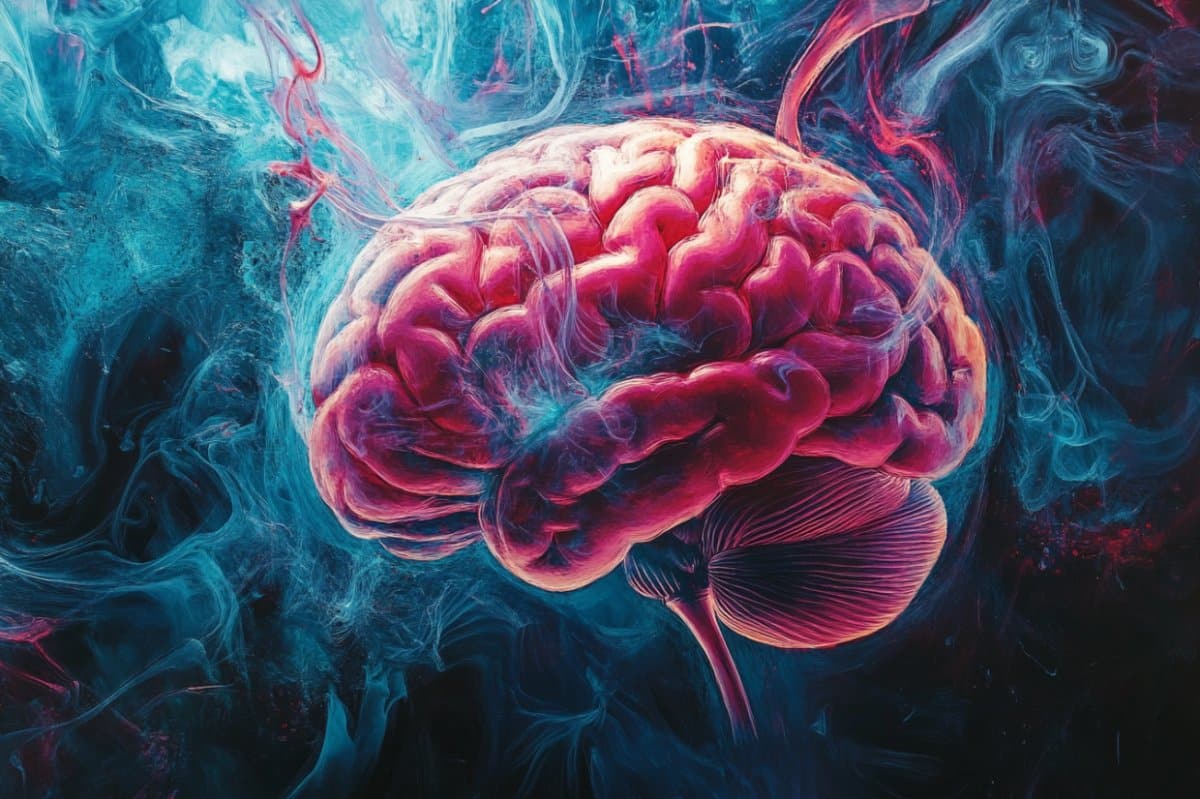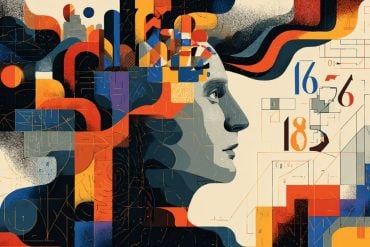Summary: A new study reveals that natural hormone fluctuations during the estrous cycle dramatically alter neuron structure and activity in the mouse hippocampus, a brain region key to learning and memory. Using advanced laser microscopy, researchers observed that high estrogen levels increase dendritic spine density and enhance signal propagation in neurons, both critical for synaptic plasticity.
These changes improved the stability and precision of “place cells,” which help animals form mental maps of their environment. The findings suggest that hormonal cycles dynamically shape brain function, with broad implications for neuroscience, cognition, and personalized medicine.
Key Facts:
- Structural Changes: Estradiol increases dendritic spine density by 20–30%, boosting synaptic connections.
- Functional Effects: Hormonal peaks enhance signal backpropagation and place cell stability.
- Broader Impact: Results suggest hormone-driven brain plasticity affects learning in both sexes.
Source: UC Santa Barbara
Hormone levels fluctuate like the tides, ebbing and flowing according to carefully orchestrated cycles. These hormones not only influence the body, but can cross into the brain and shape the behavior of our neurons and cognitive processes.
Recently, researchers at UC Santa Barbara used modern laser microscopy techniques to observe how fluctuations in ovarian hormones shape both the structure and function of neurons in the mouse hippocampus, a brain region crucial for memory formation and spatial learning in mammals.

They found that hormone fluctuations during the mouse estrous cycle, a 4-day cycle analogous to the 28-day human menstrual cycle, powerfully influence the shape and behavior of hippocampal neurons.
“We’ve known for some time that ovarian hormones, and particularly estradiol — a type of estrogen — have important consequences for neurons’ structure and function,” said UCSB neuroscientist Michael Goard, senior author of a paper published in the journal Neuron.
In the 1990s, ex vivo experiments examined female rodent brain tissue taken at different stages of the estrous cycle.
They found that during the “proestrus” stage — when estradiol levels peak — neurons in the hippocampus tend to form more dendritic spines, small protuberances that extend from dendrites of neurons, and serve as the primary site of connections between neurons.
“To date, there was little understanding of how the estrous cycle affects neurons in living mice,” said Nora Wolcott, the paper’s lead author.
Now, thanks to advanced microscopy techniques, Goard’s team was able to measure the structure and activity of neurons across multiple estrous cycles, thereby gaining insight into sex hormones’ role in brain plasticity and memory.
Other authors on the paper include William Redman, Marie Karpinska, and Emily Jacobs.
Hormone-driven plasticity
Located deep in the mammalian brain, the hippocampus is a brain region primarily associated with memory and learning. Patients with hippocampal lesions are unable to learn new information or form new episodic memories.
The hippocampus is also enriched with receptors for sex hormones, such as estrogen and progesterone, suggesting that sex hormones not only influence reproduction, but also cognitive functions like memory.
Taking up where previous studies left off, the researchers deployed two-photon laser scanning microscopy,tracking the formation and pruning of these dendritic spines in mice over several four-day estrous cycles.
They observed many new spines during proestrus, which were then pruned as the cycle advanced through ovulation. These were not subtle changes — the density of spines differed by 20-30% across the cycle, representing thousands of synaptic connections for each neuron.
“How does the ebb and flow of spines influence the function of brain cells? Perhaps this influences how neurons integrate signals from other neurons,” Goard said.
“You can imagine if they’re suddenly adding more synaptic connections, the neurons are going to get a lot more input and this is going to affect how they respond.”
To investigate, the scientists examined the action potential — the ‘firing’ of the neuron — and how the impulse propagates through the neuron. Typically, the dendrites receive the signal, which travels to the cell body and out to the axon.
“But the signal also travels backward back through the dendrite, which is usually where the neuron receives information,” Goard said.
This backpropagating signal is thought to play a role in learning and memory consolidation.
They found that during peak estradiol, the backpropagating signal traveled farther back into the dendrites, which the researchers suspect may have implications for plasticity — the brain’s ability to form new neural connections.
So what are the functional consequences of the increased dendritic spine density and backpropagation?
One answer lay in the “place cells,” or neurons in the hippocampus that fire when the animal is in a particular location in its environment — they help build mental maps and aid with spatial learning and navigation.
To test the animals’ ability to learn and remember new places, the researchers let them explore different environments while measuring the activity of neurons in the hippocampus.
The researchers found that place cells responded to familiar locations most reliably during proestrus — the high estradiol phase — and were most variable when the estradiol was lowest.
“This is the first time that these microscopic differences in neural structure and function have been tracked across time in the same animal,” Wolcott pointed out.
These findings in mice have strong implications for humans as well. Indeed, work from co-author Emily Jacobs’ lab found that endocrine rhythms across the menstrual cycle are tied to structural changes in the human hippocampus.
While hormone cycles are typically associated with female mammals, males also experience hormone fluctuations, many of which act on similar receptors. For example, testosterone can be converted to estrogen via aromatization, where it acts on estrogen receptors in the hippocampus.
This indicates that hormone-driven plasticity is a widespread phenomenon, and underscores the importance of considering endocrine factors in neuroscience research.
“We suspect that there is some adaptive evolutionary purpose,” Goard said, “and the reason I suspect that’s true is because receptors for ovarian hormones don’t have to be in the hippocampus, which is not thought to be directly involved in reproductive functions.
“But for some reason they’re being expressed in the hippocampus — probably for some learning and memory related purpose. We don’t know exactly what it is, but we think it’s important.”
Understanding the relationship between hormonal cycle fluctuations and the brain not only furthers our fundamental understanding of brain biology, it also opens up new possibilities for medicine personalized not just to individuals, but with respect to hormone cycle phase.
“The finding that the brain physically changes in response to naturally cycling hormones challenges our understanding of mammalian cognition,” Wolcott said.
About this memory and learning research news
Author: Sonia Fernandez
Source: UC Santa Barbara
Contact: Sonia Fernandez – UC Santa Barbara
Image: The image is credited to Neuroscience News
Original Research: Open access.
“The estrous cycle modulates hippocampal spine dynamics, dendritic processing, and spatial coding” by Michael Goard et al. Neuron
Abstract
The estrous cycle modulates hippocampal spine dynamics, dendritic processing, and spatial coding
Histological evidence suggests that the estrous cycle exerts a powerful influence on CA1 neurons in the mammalian hippocampus.
Decades have passed since this landmark observation, yet how the estrous cycle shapes dendritic spine dynamics and hippocampal spatial coding in vivo remains a mystery.
Here, we used a custom hippocampal microperiscope and two-photon calcium imaging to track CA1 pyramidal neurons in female mice across multiple cycles.
Estrous cycle stage had a potent effect on spine dynamics, with spine density peaking during proestrus when estradiol levels are highest.
These morphological changes coincided with greater somatodendritic coupling and increased infiltration of back-propagating action potentials into the apical dendrite.
Finally, tracking CA1 response properties during navigation revealed greater place field stability during proestrus, evident at both the single-cell and population levels.
These findings demonstrate that the estrous cycle drives large-scale structural and functional plasticity in hippocampal neurons essential for learning and memory.







